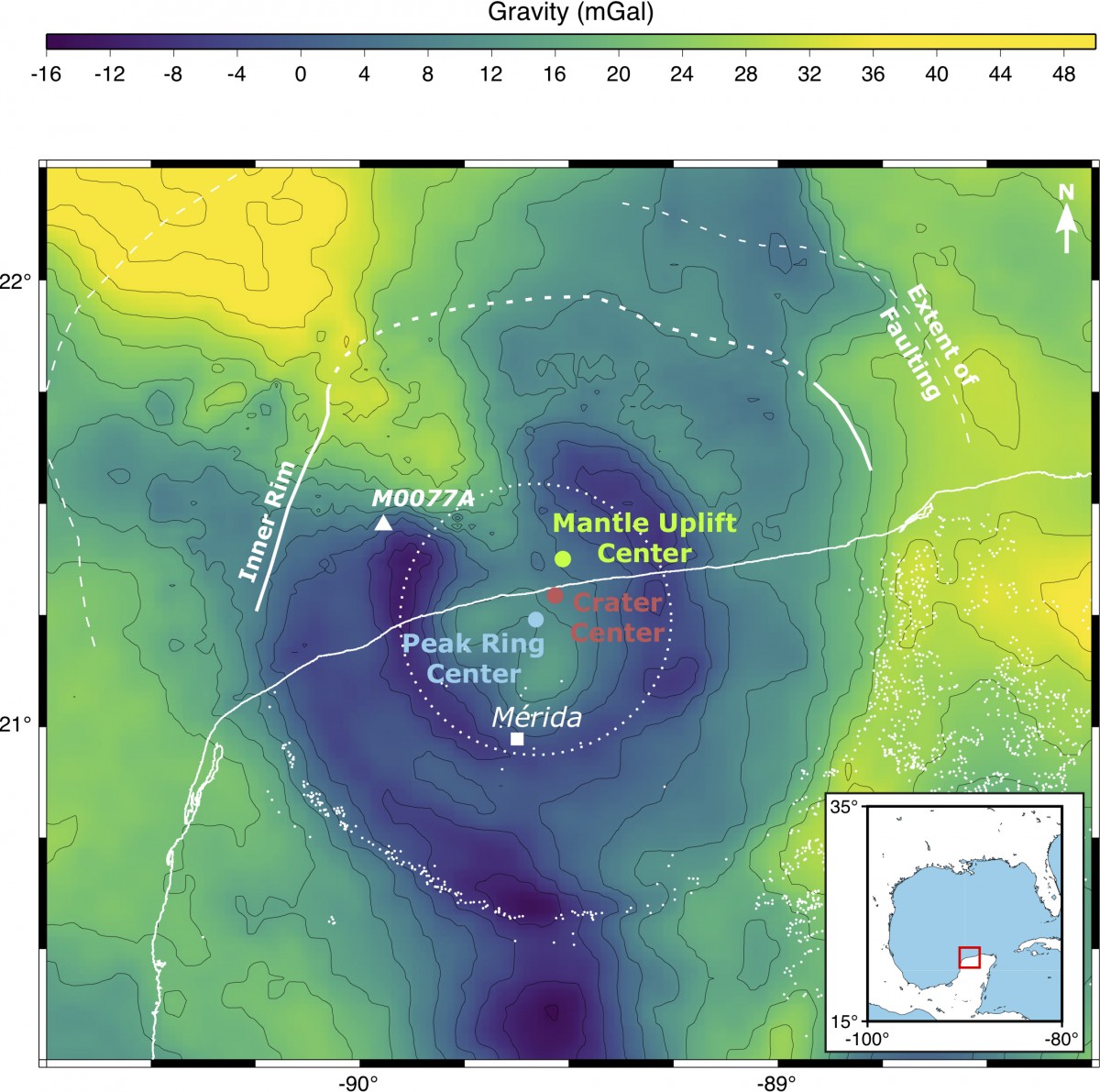The simulations were carried out by researchers at Imperial College London, using the DiRAC High- Performance Computing facility, which is funded by the Science and Technology Facilities Council (STFC), as part of UK Research and Innovation (UKRI). The simulations reveal that the asteroid hit Earth at an angle of about 60 degrees, leaving a signature of its trajectory in the rocks beneath the Chicxulub Crater in Mexico.
Such a strike would have maximised the amount of climate-changing gases thrust into the upper atmosphere, including billions of tonnes of sulphur that blocked the sun and caused a mass extinction. It is thought that up to 75% of plant and animal species on Earth became extinct, including the dinosaurs.
The simulations of the asteroid impact were created by drawing geophysical data from the site of the impact and a combination of 3D numerical impact simulations, performed by STFCs DiRAC. The new models are the first ever fully 3D simulations to reproduce the whole event, from the moment of impact to the moment the final Chicxulub crater, was formed.
DiRAC Director, Professor Mark Wilkinson from the University of Leicester, said:
“When you study a complex problem such as crater formation, a key challenge is the number of variables you have to consider. DiRAC’s computing services allow researchers to reduce the “time-to-science” - the time it takes to make a breakthrough – by providing access to both the computers themselves and technical support teams who give guidance on how to use them.”
“To date, DiRAC has provided about 2 million core hours of computing time to this project and it’s great to see that they have already made such exciting new discoveries.”
The DiRAC Data Intensive Service based at the University of Leicester provided the research team with access to the scale of computing they needed to carry out almost 300 detailed 3D simulations, some of which took several weeks to complete. Access to DiRAC resources dramatically reduced the time taken for the team to take the project from its initial stages to a detailed picture of the Chicxulub event.
As a result of the research, all things being equal, a collision a few minutes earlier or later might have meant that the dinosaurs would have survived. But the angle of collision shown means that the collision caused the maximum negative effect possible, unleashing an incredible amount of climate-changing gases into the atmosphere, triggering a chain of events that led to the mass extinction.




